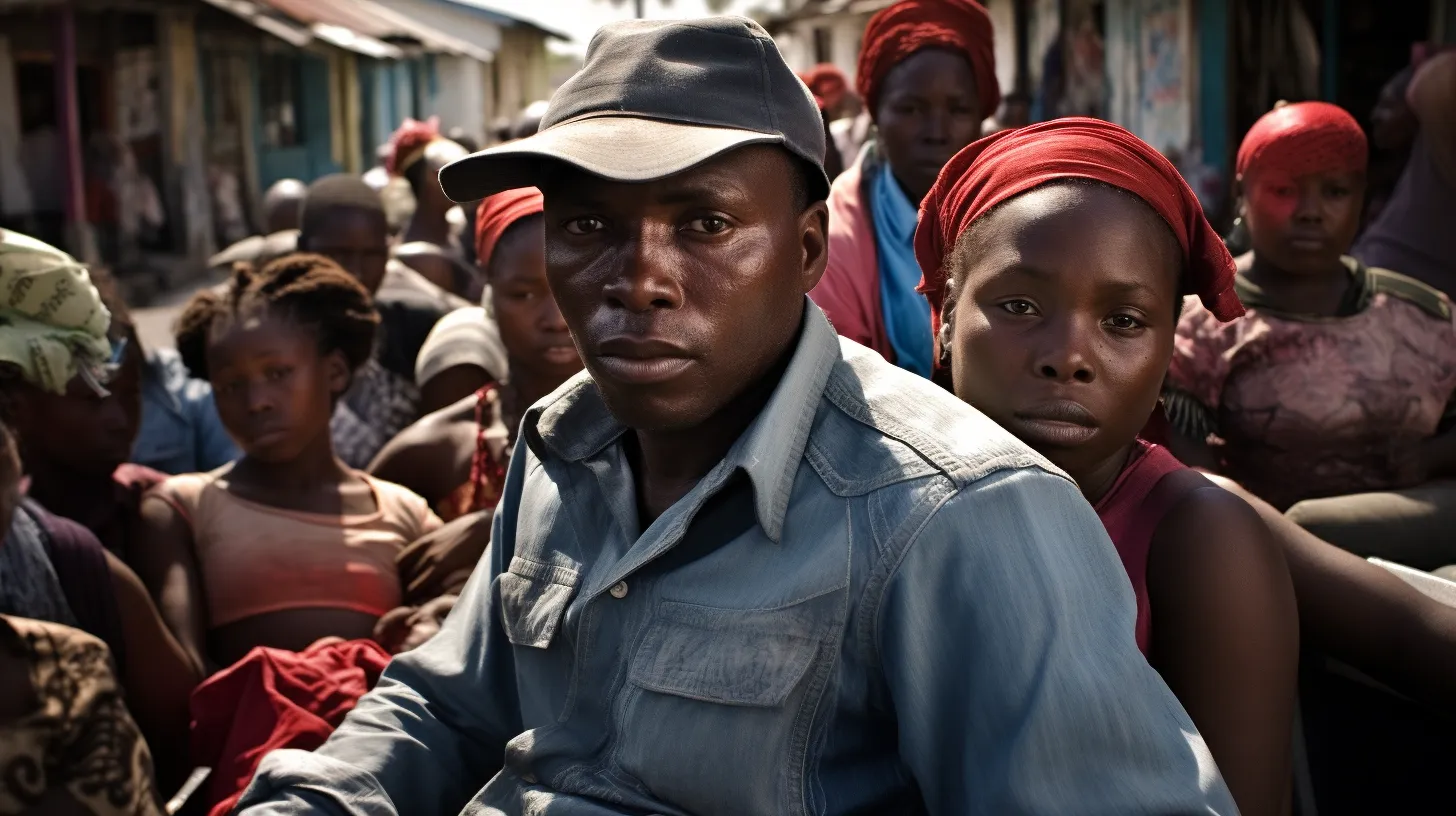Sickle cell, much like an uninvited guest, can often go unnoticed until it announces its presence. So, do Haitians have sickle cell? Absolutely.
Sickle cell disease is widespread in Haiti, with estimates indicating that 8% to 15% of the population carries the trait. However, due to limited healthcare resources, obtaining the proper diagnosis and treatment poses a significant challenge.
This underscores the need for collaborative efforts and support to ensure that individuals with sickle cell in Haiti receive the necessary care.
Let’s explore the prevalence, genetic factors, impact, and management of sickle cell disease in Haiti.
Sickle Cell Disease in Haiti

Although limited data is available, sickle cell disease appears to be prevalent in Haiti. Previous studies estimated the prevalence of sickle cell hemoglobin in Haitian populations to range from 8% to 15%.
The management of sickle cell disease in Haiti is crucial due to the chronic anemia and associated health complications. Genotyping and hemoglobin solubility tests are commonly used for screening, with promising results in improving accuracy. Future screenings in Haiti should also consider incorporating additional methods for detecting HbC mutations.
Given the prevalence of sickle cell disease in Haiti, it’s essential to focus on efficient and accessible management and screening methods to ensure early detection and appropriate care for individuals affected by this condition.
Prevalence of Sickle Cell in Haitian Population

Limited data on sickle cell prevalence in Haiti has prompted ongoing efforts to determine the frequency of the disease in the general population. Previous studies estimated the prevalence of sickle cell hemoglobin in Haitian populations to range from 8% to 15%.
A study conducted at Bethesda Medical Center and Eben-Ezer Clinic found the prevalence of sickle hemoglobin to be 15.1% in northern Haiti, based on blood samples collected from 1035 Haitian subjects.
It’s important to note that sickle cell disease is particularly common in areas with a high prevalence of malaria, and it’s prevalent in regions where there’s African ancestry.
Understanding the prevalence of sickle cell in the Haitian population is crucial for developing effective public health strategies and providing appropriate medical care for those affected by the disease.
Genetic Factors in Haitian Sickle Cell Occurrence

Why do Haitians have a high occurrence of sickle cell disease?
Genetic factors play a significant role in the prevalence of sickle cell in Haiti. Studies have shown that the HbS and HbC mutations are prevalent in the Haitian population, contributing to the high occurrence of sickle cell disease.
Newborn screening and blood samples have provided valuable data, highlighting the importance of genetic factors in understanding the prevalence of sickle cell in Haiti. The hemoglobin solubility test has been instrumental in identifying individuals with sickle hemoglobin, further emphasizing the genetic predisposition to sickle cell in Haitian populations.
As a result, future efforts in Haiti should focus on incorporating additional methods for detecting HbC mutations, underscoring the need to consider genetic factors in addressing the occurrence of sickle cell disease within the Haitian population.
Impact of Malaria on Sickle Cell in Haiti

The co-occurrence of malaria and sickle cell disease in Haiti presents a significant health challenge, necessitating comprehensive interventions to address their combined impact on the population.
In Haiti, where sickle cell disease and malaria both pose significant health risks, the interaction between the two conditions can exacerbate the severity of anemia and other complications.
With the prevalence of malaria in Haiti and a high incidence of sickle cell trait, the impact of malaria on individuals with sickle cell disease is particularly severe.
The combination of sickle cell disease and malaria in Haiti raises concerns about increased mortality rates and healthcare system challenges.
It underscores the urgent need for coordinated strategies, including public health interventions, improved access to healthcare resources, and enhanced surveillance, to mitigate the impact of malaria on sickle cell disease in the country.
Management of Sickle Cell Disease in Haiti

Facing challenges in accessing specialized care and essential treatments, managing sickle cell disease in Haiti requires innovative and sustainable strategies.
Screening methods are crucial for identifying individuals with sickle cell trait and disease, enabling early intervention. Genotyping for Hemoglobin S and other variants at St Victor in Haiti has improved the diagnosis of sickle cell disease.
However, the availability of blood transfusions remains a significant concern. Penicillin prophylaxis is essential to prevent infections in young children with sickle cell disease, but its accessibility is limited.
Collaboration with organizations like Partners in Health is vital to improve access to specialized care and essential treatments.
Addressing these challenges is fundamental to enhancing the management of sickle cell disease in Haiti and improving the quality of life for affected individuals.



